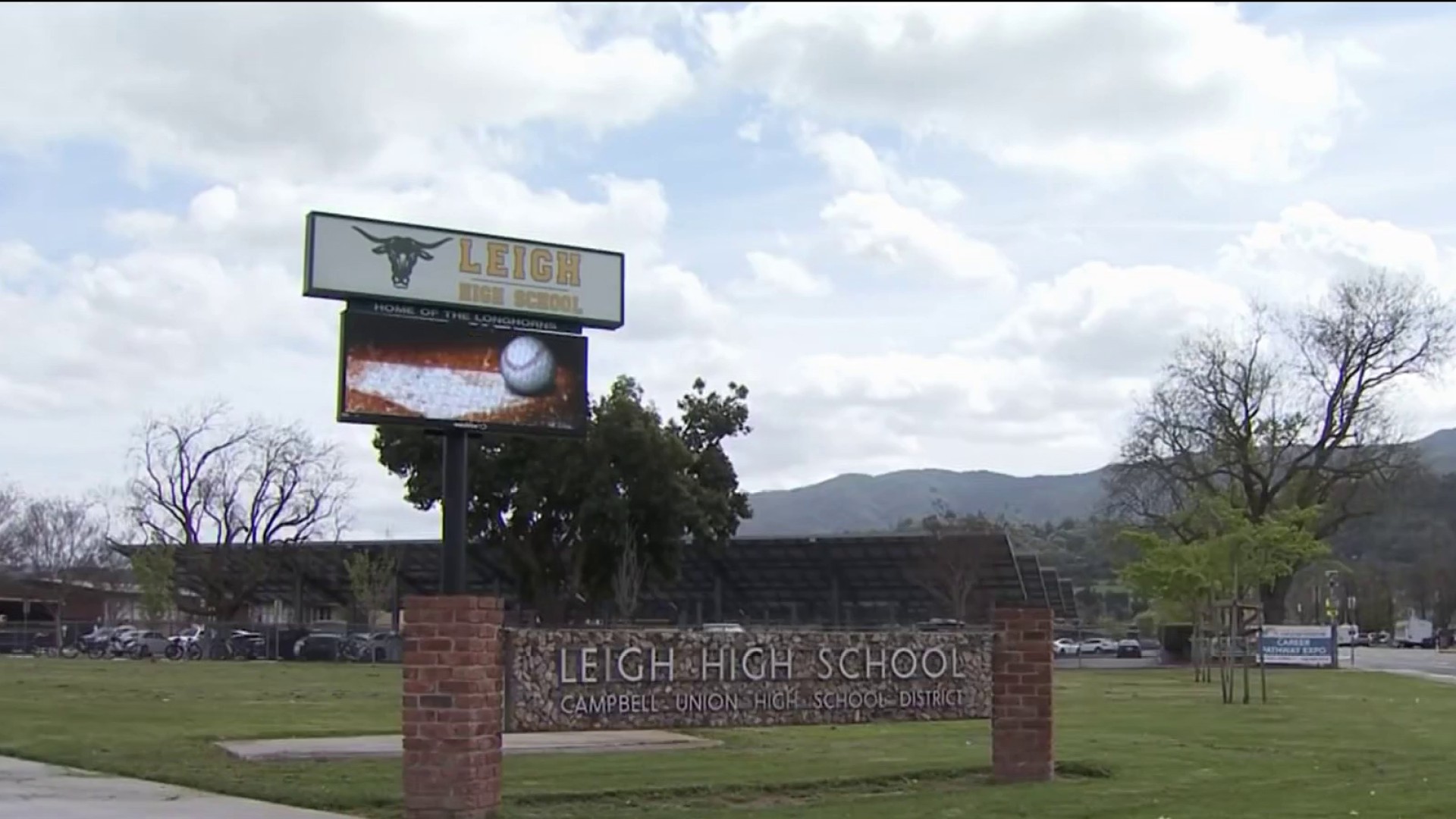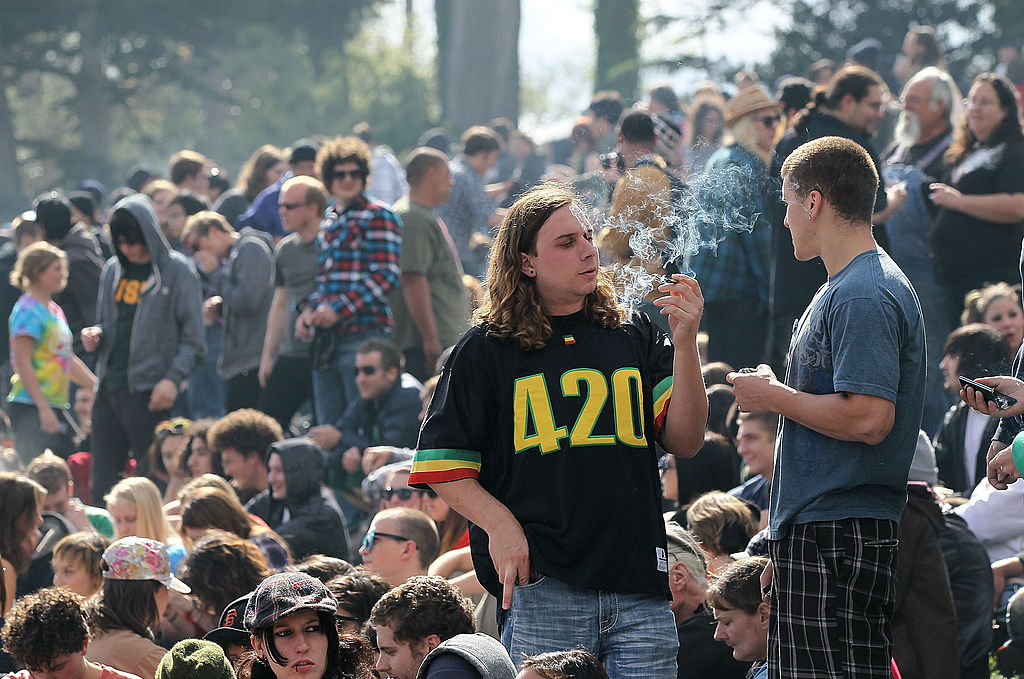A wildfire sweeps through a California community, burning trees and vegetation, but leaves the majority of homes fully intact. That’s the scenario researchers are working to create for neighborhoods at risk, following the most destructive wildfire season in recorded history. But scientists tell the NBC Bay Area Investigative Unit that state and local emergency planners have been slow to support critical retrofits that could help save lives and property.
California’s building code sets strict guidelines requiring fire resistant materials for homes built within a wildfire hazard zone after 2008. Those regulations help block flames and burning embers from entering the home. But older homes are not subject to the same standards, and neither are homes in neighborhoods that border a hazardous zone, like Santa Rosa’s Coffey Park before the wildfires in October.
Fire scientist Richard Halsey has authored several academic papers and books on wildfire safety and serves on the governor’s Fire Service Task Force on Climate Impacts. Halsey believes the same way the state retrofits buildings to withstand earthquakes, California should aggressively retrofit homes to withstand wildfires.
“We’ve had a catastrophe that has affected thousands of lives, and we just sit back and say ‘Oh well, we could not have done anything about it.’ That is not true,” Halsey told NBC Bay Area.
“You’ve got to create an environment that won’t burn the house down, and it isn’t just about [clearing] vegetation. It’s about the structure itself.”

Halsey took NBC Bay Area on a tour of the Eureka Springs community in Escondido. The area is particularly vulnerable to wildfires, which is why the neighborhood was developed to survive.
Local
“I frankly could not design a community that would be better than this one,” Halsey said while highlighting homes with nonflammable roofs, vents that block burning embers and large roadways that separate homes from the hills.
FLAME RESISTANCE PUT TO THE TEST
QAI Laboratories in Rancho Cucamonga is one of a handful of labs approved by the California State Fire Marshal to certify fire resistant building materials. Lab technicians opened their doors for NBC Bay Area to show how quickly fire can penetrate the average home.
Project manager Drew Mersereau says rooftops and vents are among the most common weak points susceptible to wildfire. Mersereau conducted a test on two rooftop assemblies using simulated burning wood to demonstrate the difference between top-rated and lower tiered roofs. The top certified class “A” roof survived the full 90 minute test without catching fire. Meanwhile the lower rated roof built with class “C” materials failed after 43 minutes.
Brandguard vents easily withstood QAI’s 10 minute flame test, while the typical home vent melted in just over 50 seconds.
Mersereau said fire resistant retrofits can help save not only homes, but entire neighborhoods, because of how quickly fire spreads.
“You have a chain reaction of one house igniting, heat and embers being released from that house being transferred to the neighbors’ house, and then you've got multiple residences that weren't subject to the wildland urban interface code that are igniting.”
WILDFIRE RETROFITS
The governor’s Office of Emergency Services allows local agencies to apply for grants that help plan for disasters like earthquakes and fires. Since 2008, CalOES granted $109 million to local agencies for disaster planning. However, only $7.3 million went towards fire resistant retrofits.

Lori and Steve Kimball took advantage of their local fire district grant to retrofit their roof in South Lake Tahoe.
The Lake Valley Fire Protection District’s roofing program allows eligible residents to receive $7,500 or up to 70 percent of the cost to replace their old wood shake roofs with a new fire resistant roofs. The fire district helped residents replace more than 300 roofs since 2012.
Steve Kimball told NBC Bay Area that the $10,000 they spent to replace their roof could end up saving much more in the long run.
“It’s not a matter of if you’re going to have a fire; you are going to have one. But what can you do to decrease the risk and the impact of that structure and protect other people?” Kimball said.
PREVENTION VS RESISTANCE
Last year, Cal Fire spent $75 million on wildfire prevention. State Fire Marshal Dennis Mathisen told NBC Bay Area most of the money went towards prescribed burns, cutting vegetation, and helping residents create defensible space.
Mathisen acknowledged there may be more opportunities to retrofit homes.
.png)
“I know of several councils where [fire retrofits] is a topic of every meeting. ... It is part of their dialogue on a daily basis because they live with wildfires.” Mathisen said.
Cal Fire is currently in the process of redrawing the state’s wildfire hazard maps that determine which neighborhoods require fire resistant homes. Mathisen says the data collected from this past fire season will help his agency more accurately assess which areas are at risk.



